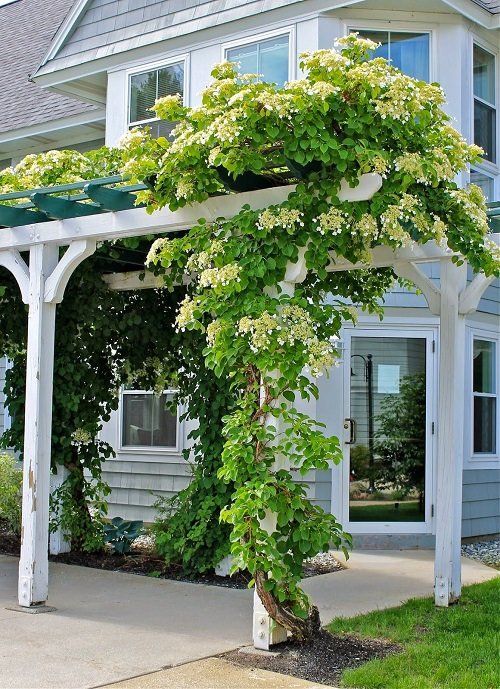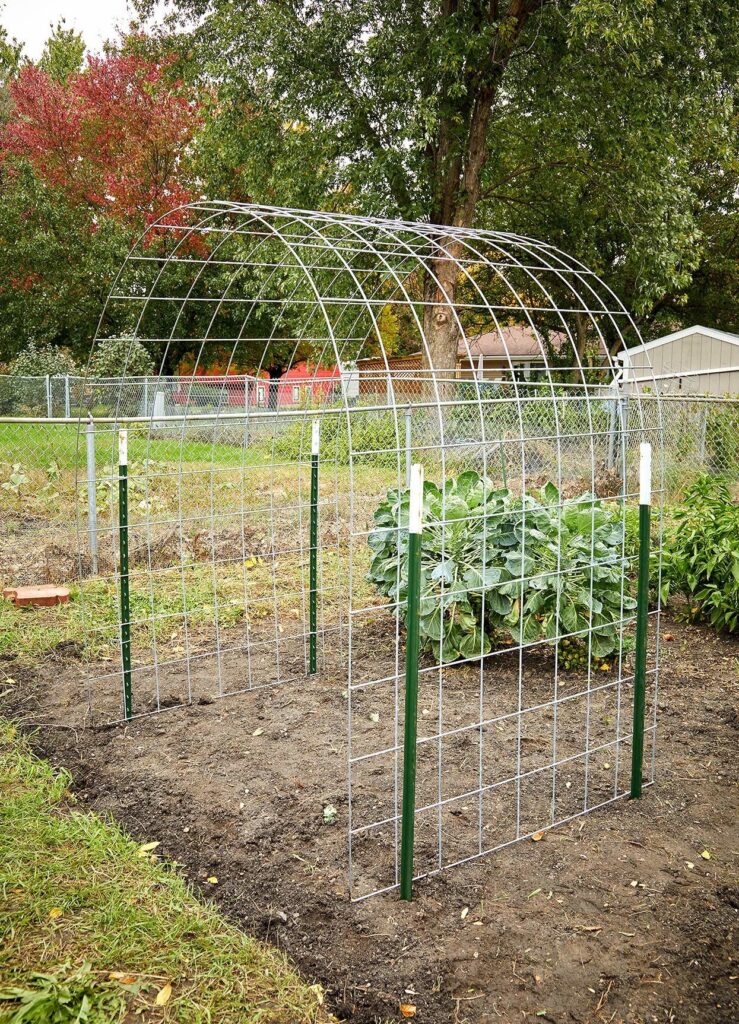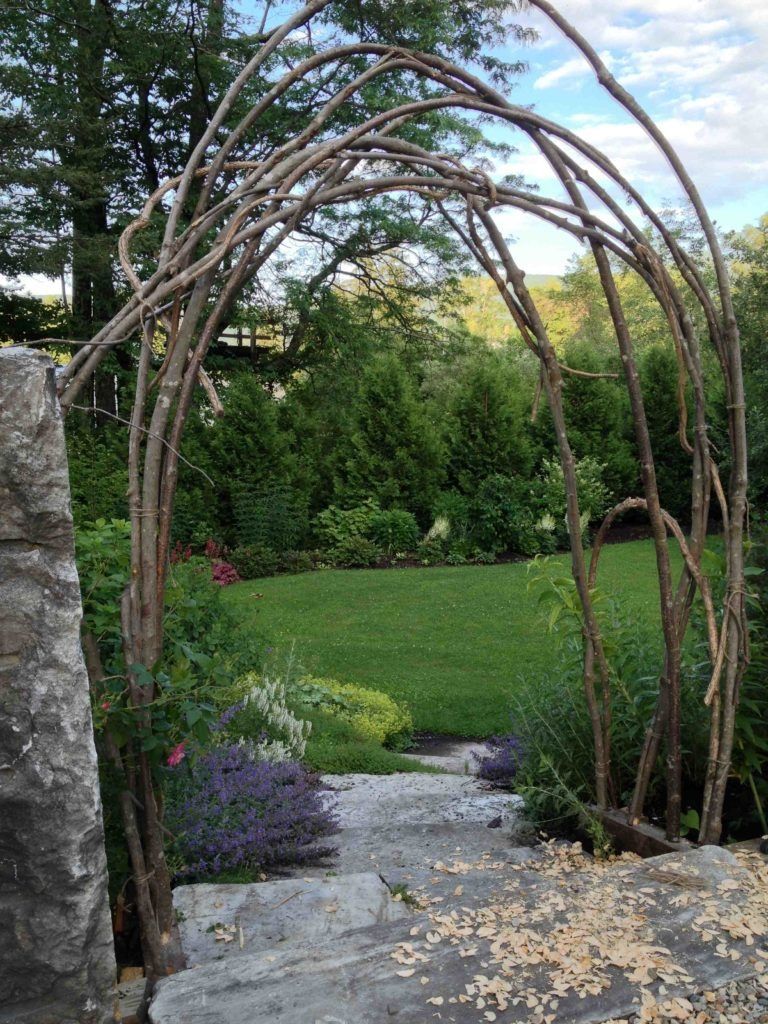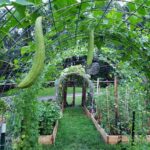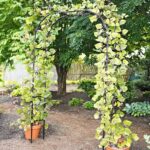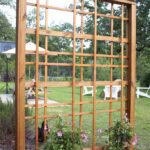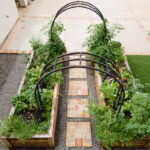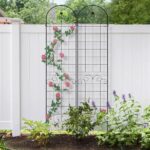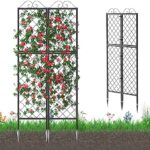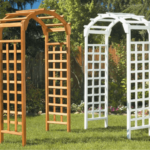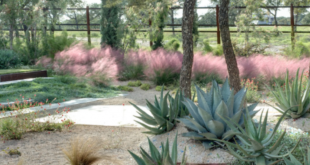Garden trellises are a versatile and functional addition to any garden, providing support for climbing plants while adding visual interest and structure to outdoor spaces. These structures come in a variety of materials, styles, and sizes, making them suitable for a wide range of garden designs and aesthetics.
One of the most common materials used for garden trellises is wood, which blends seamlessly into natural settings and can be stained or painted to match existing outdoor decor. Metal trellises are also popular for their durability and modern look, while vinyl trellises offer a low-maintenance option that is resistant to rot and pests.
Beyond their aesthetic appeal, garden trellises serve a practical purpose by providing support for climbing plants such as roses, clematis, and vines. By training these plants to grow vertically on a trellis, gardeners can maximize limited space, improve air circulation around the plants, and showcase their blooms in a more organized and appealing way.
In addition to aiding in plant growth, trellises can also create privacy, define outdoor spaces, and act as decorative focal points in a garden. For example, a trellis covered in flowering vines can serve as a natural privacy screen, while a sculptural metal trellis can add a touch of artistry to an otherwise plain garden.
When choosing a garden trellis, it is important to consider the size and weight of the climbing plants that will be supported, as well as the overall aesthetic of the garden. While smaller trellises may be suitable for lightweight vines or annual flowers, larger structures are necessary for heavy or large climbing plants like wisteria or grapevines.
Ultimately, garden trellises are a practical and beautiful addition to any outdoor space, offering a way to showcase climbing plants, create privacy, and enhance the overall design of a garden. With the wide range of materials and styles available, there is sure to be a trellis that suits the needs and preferences of every gardener.
 yishifashion Where Outdoor Dreams Become Reality
yishifashion Where Outdoor Dreams Become Reality
